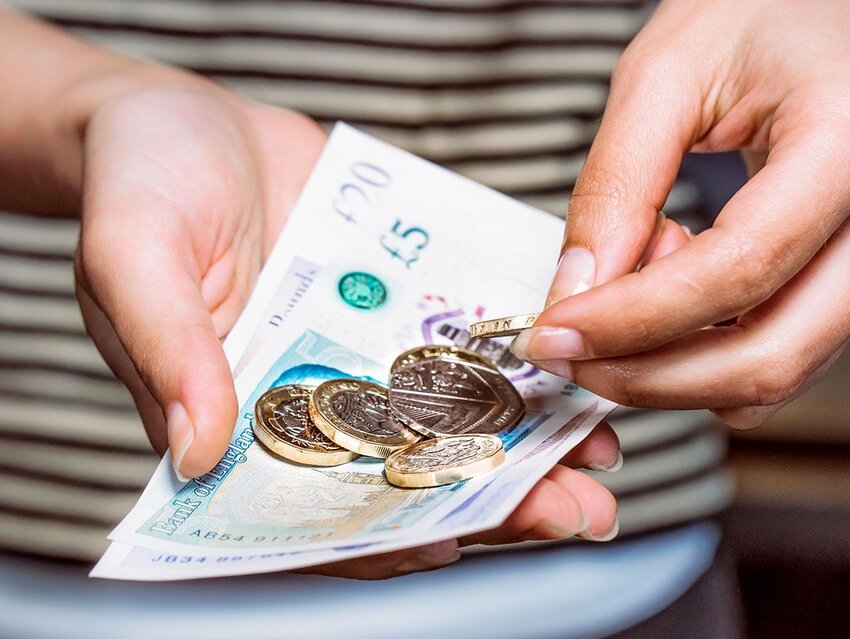Currency symbols are graphical representations of a currency’s name. In the United States, the most commonly used currency symbols are the $ (dollar) and ¢ (cent). Currency encompasses more than just the U.S. dollar, however. Understanding currency symbols and learning the values of different types of currency are important skills in everything monetary, from traveling to banking to online shopping.
With over 140 currencies worldwide, some countries share the same currency symbol or have symbols that are similar in appearance. To prevent confusion in global banking and business, the International Organization for Standardization (ISO) has assigned each currency a three-letter alpha code and a three-digit numeric code. For instance, the United States, Canada, and Bermuda all use the familiar $ sign for a currency symbol, so to distinguish between them, their currencies have been assigned the alpha codes USD, CAD, and BMD, respectively. Numeric currency codes are used in international banking and trading, while alpha codes are more often used for airline tickets and international train tickets.
Here are some of the most widely used currency symbols and their histories.
$ — Dollar
The dollar symbol — represented by the letter “S” with one or two vertical lines through it — is used by more than 20 countries, including the U.S., Australia, Canada, Hong Kong, and New Zealand. To avoid confusing the different currencies, one or more letters may be added before or after the symbol to denote a specific country’s dollar. For instance, AU$ or A$ refers to the Australian dollar, while CA$ or C$ refers to the Canadian dollar.
€ — Euro
The euro is a relatively recent addition to currency symbols; it was chosen during a European Council meeting in 1995 and launched in 2002. Twenty countries, including Austria, Finland, Ireland, and Portugal, have replaced their national currencies with the euro. These countries form the euro area, or “eurozone.” The euro symbol is based on the Greek letter epsilon and the first letter in Europe, with two horizontal lines to signify stability.
£ — Pound
The pound, officially named “pound sterling” because it was originally the value of one Troy pound of sterling silver, is the currency of the United Kingdom. However, other countries (including Gibraltar, Egypt, Lebanon, and Syria) also use “pound” to refer to their currency, and even have the same currency symbol. The pound symbol, represented by an ornate Latin letter “L” with a horizontal line, is derived from the Latin libra, meaning “scales” or “balance.” With the adoption of the euro, the pound sterling became the oldest currency in use, dating to 775 CE.
¥ —Yen and Yaun
The Japanese kanji for “yen” (円) and Chinese characters for “yaun” (圓 or 元) are unique to their respective languages. In Latinized script, however, the Japanese yen and Chinese yaun are represented by the same currency symbol, a “Y” with one or two horizontal lines. When clarification is needed, the currency amounts could be written as JP¥50 or CN¥50, for example.
₩ — Korean Won
The Korean won is the official currency of South Korea and has been in use in some form for thousands of years, with the exception of the years of Japan’s occupation of Korea. Since the post-World War II division of North Korea and South Korea, North Korea has maintained a separate currency, also called the won.
The Chinese yuan, Japanese yen, and Korean won were derived from the Spanish American silver dollar, a coin that was widely used in international trade between the 16th and 19th centuries. Like the Chinese and Japanese languages, the Korean language uses a different symbol for won (원) than its Latinized currency symbol, which is the letter “W” with two horizontal lines through it.
₿ — Bitcoin
Currency symbols are not limited to physical paper and coin money. Bitcoin is one of a number of cryptocurrencies, which are digital or virtual currencies secured by cryptography and based on a decentralized structure that exists outside the control of a central authority digital currency. Bitcoin has been around since 2009 and was the first established cryptocurrency of its kind, so its currency symbol — the letter “B” with two vertical strokes at the top and bottom — is the most recognized of its kind.
Featured image credit: georgeclerk/ iStock

